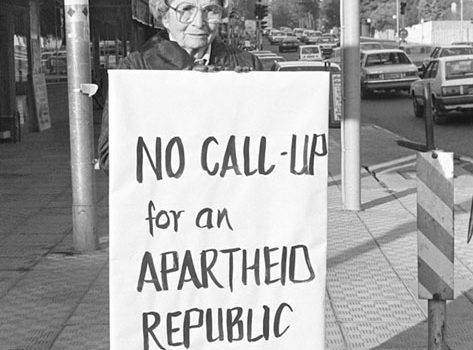The International Center of Photography is the first museum to offer a major retrospective of images of racial and ethnic separation in South Africa. More than five hundred documents make this a must see exhibition.
Rise and Fall of Apartheid is organized chronologically, beginning with the separation of whites and blacks and ending with its collapse and the release of Nelson Mandela. In Afrikaans, the word at first referred to a separation of residential neighborhoods, and only later to the suppression of civil rights for Africans, Asians and people of color. In the long battle to regain those rights, the role of photography was paramount. With the introduction of Apartheid in 1948, the medium became radically more effective. Every photograph, previously anthropological in nature, became a powerful instrument in the social, egalitarian and democratic struggle.
Few of the images on display at the ICP were commissioned by the press. Many were taken by photographers traveling in South Africa, working independently or in coordination with the anti-Apartheid movement. The photographs taken by South Africans themselves remain the best. Critical and incisive, they provide insight into both major events and the daily lives of the black population.
Through their pictures, Leon Levson, Eli Weinberg, David Goldblatt, Peter Magubane, Sam Nzima and Ernest Cole tell the story of their country’s fight against racism. Discovering their work is part of the duty of memory.
Jonas Cuénin
Rise and Fall of Apartheid :
Photography and the Bureaucracy of Everyday Life
September 14 – January 6, 2013
International Center of Photography
1133 Ave of the Americas #1A
New York, NY 10036
USA
(212) 857-0000
















